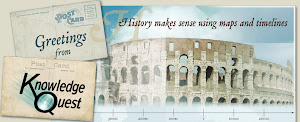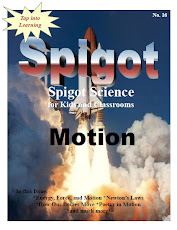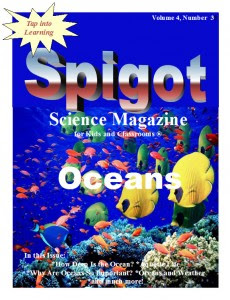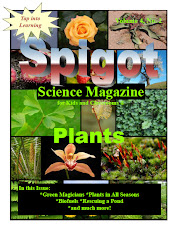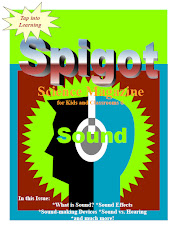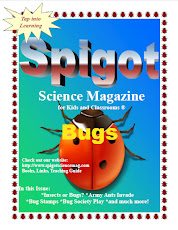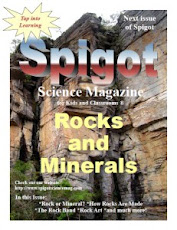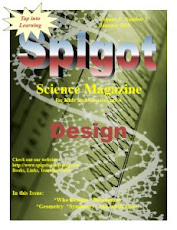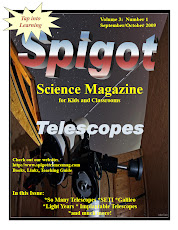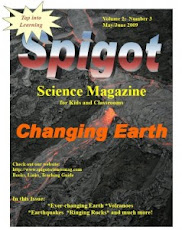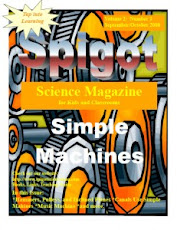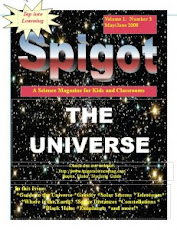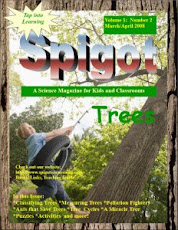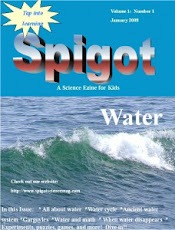Traditional Species Distribution Models too Static to Reveal Animals’ Response to Climate Change
Australian scientists studying the reliability of species distribution models for revealing the response of animals to climate change have focused their research on the endangered marsupial, the Northern Bettong. The research, published in Ecography, demonstrates that studying weather events, rather than the gradual changes of the climate, offers a clearer insight into the Bettong’s movements, range boundaries and likely contact with competitors.
“Scientists often use Species Distribution Models (SDM) to predict how an animal will respond to a changing habitat by describing its distribution in relation to the average climate in the location the species is found,” said Dr Brooke Bateman from James Cook University Australia.
“However these models fail to take weather events into account, even though short-term changes to temperature and rainfall may cause a species to change its behaviour or even move location.”
To understand the importance of weather the team turned to two of Australia’s marsupial species the endangered northern bettong (Bettongia tropica) and its rival the rufous bettong (Aepyprymnus rufescens). The endangered bettong is only found in three locations in the woodlands and forests of Queensland in Northern Australia, where rainfall is high and the environment is suitable for its primary food source, truffles.
The rufous bettong lives in habitat across a board range of temperature and rainfall. Both species are known to occupy the same areas within the drier end of the northern bettongs range, but rarely at the same time.
The team used occurrence records for both species and compared them to climate variables and extreme weather events such as droughts and heatwaves, which affect the bettong’s food source and could result in short-term change of behaviour and distribution.
The results showed that the endangered bettong occurred in smaller numbers in areas that were more likely to experience droughts and other fluctuations in short-term weather suitability. Reconstruction of weather patterns over time suggested that the two species of bettong are in a dynamic relationship with each other as their distribution shifts in response to rainfall and temperature.
“Weather determined both range boundaries and the outcomes of competition between the northern bettong and the more widespread rufous bettong, which were not detected by traditional models which relied on long-term climate averages," concluded Dr Bateman. "
We conclude that models based on weather data are needed to make predictions on where and when species are likely to occur, now and in the future.”
This study is published in Ecography.Full citation: Bateman. B, VanDerWal J, Johnson. C, “Improving species distribution modelling using temporal variation in weather and extreme weather events,” Ecography, Wiley-Blackwell, DOI: 10.1111/j.1600-0587.2011.06871.x














